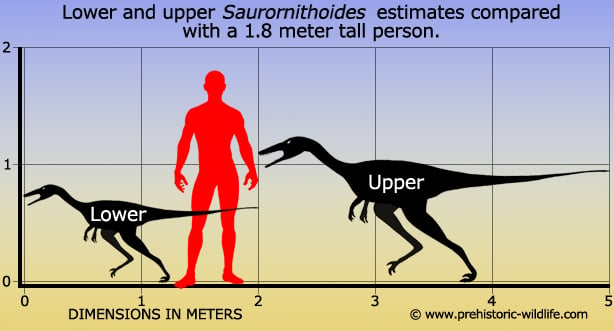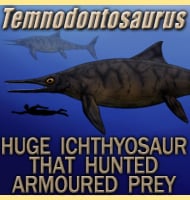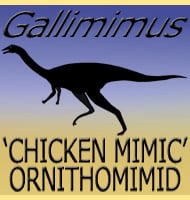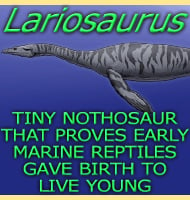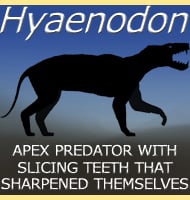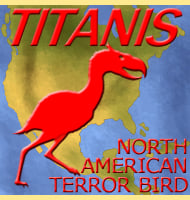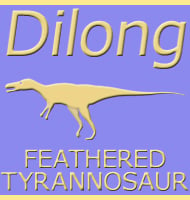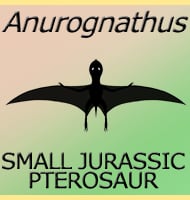In Depth
Saurornithoides seems for lack of a better description an Asian counterpart to the famous Troodon from North America. It shares many morphological similarites including being of a comparble size, large eyes and large brain. For this reason Saurornithoides is thought to have been a nocturnal hunter with the large eyes being of more use under poor light conditions. With a similarly sized brain Saurornithoides would have also been of comparable intelligence to Troodon (for a better idea click on Troodon and look up the section ‘intelligence’).
There was very nearly a second species of Saurornithoides discovered in 1974 called S. junior. However a 2009 study found several differences and renamed the specimen Zanabazar. Other troodont dinosaurs from the Djadochta Formation that Saurornithoides may have lived alongside include Byronosaurus and Gobivenator.
Further Reading
– Three New Theropoda, Protoceratops Zone, Central Mongolia – American Museum Novitates, November 7, 1924 (144): 12pp. – Henry Fairfield Osborn – 1924. – A Review of the Mongolian Cretaceous Dinosaur Saurornithoides (Troodontidae: Theropoda) – American Museum Novitates 3654: 63. – Mark A. Norell, Peter J. Makovicky, Gabe S. Bever, Amy M. Balanoff, James M. Clark, Rinchen Barsbold & Timothy Rowe – 2009.
